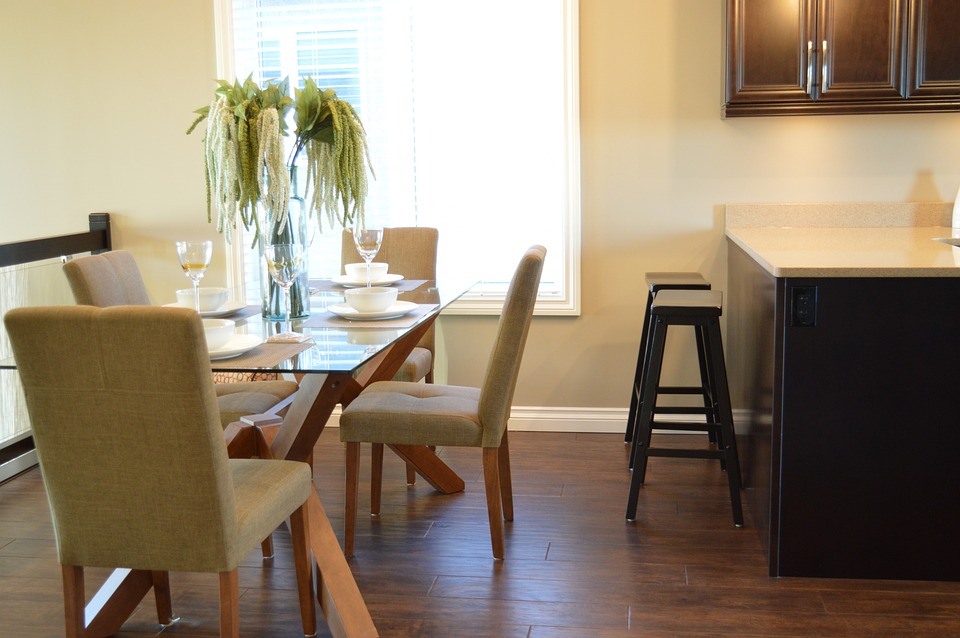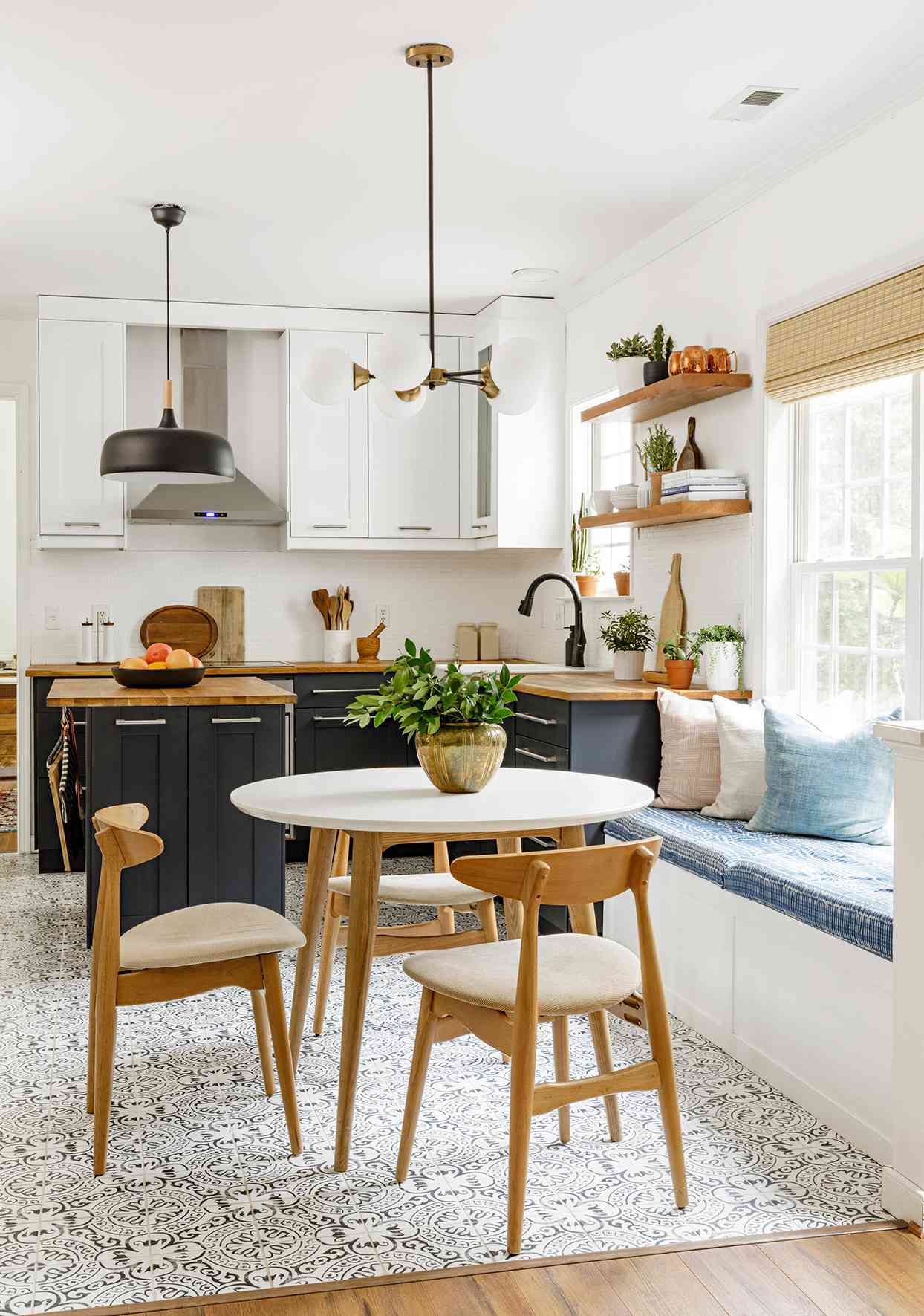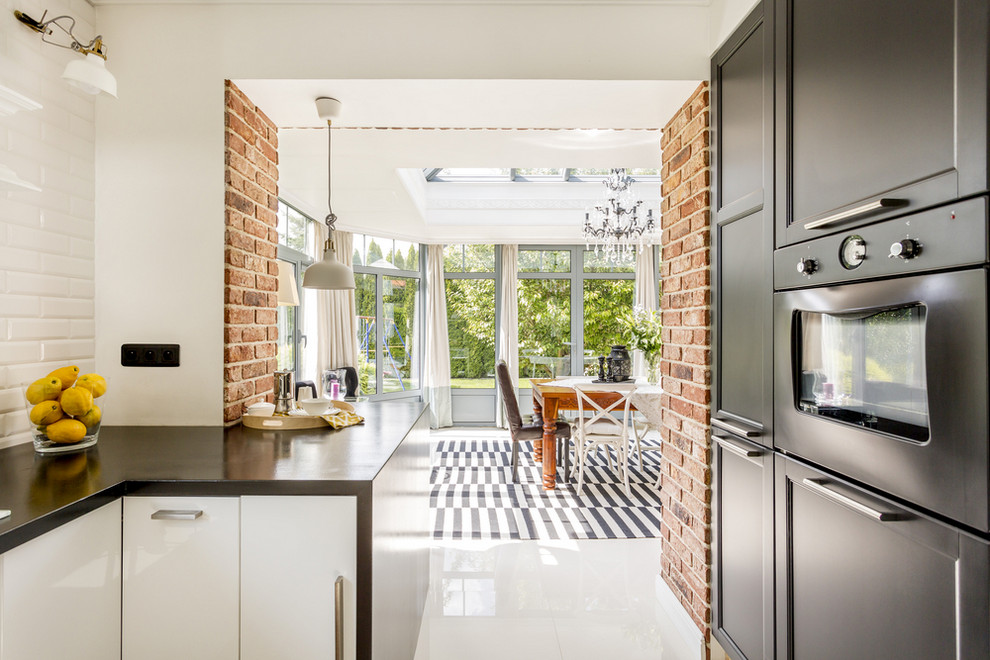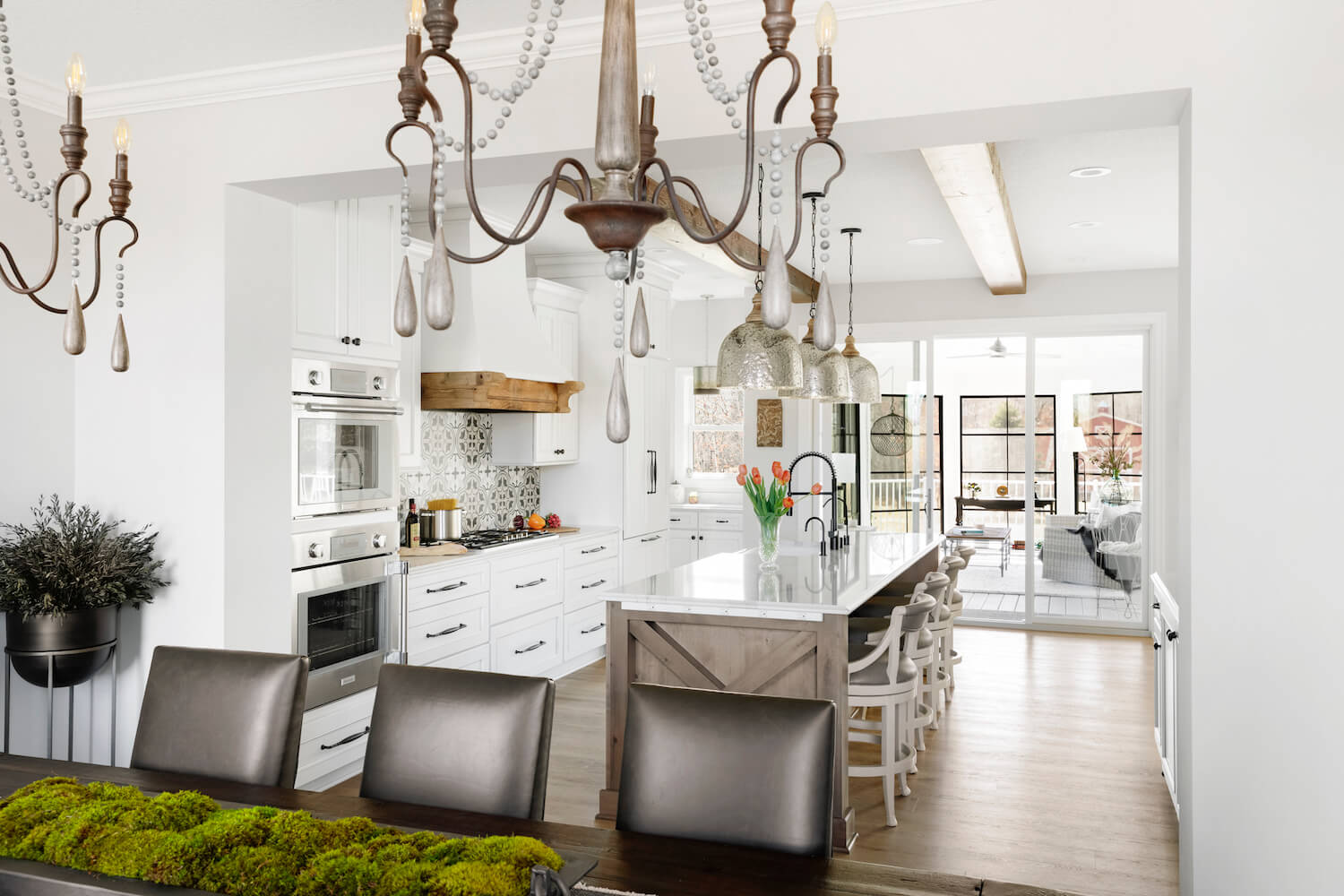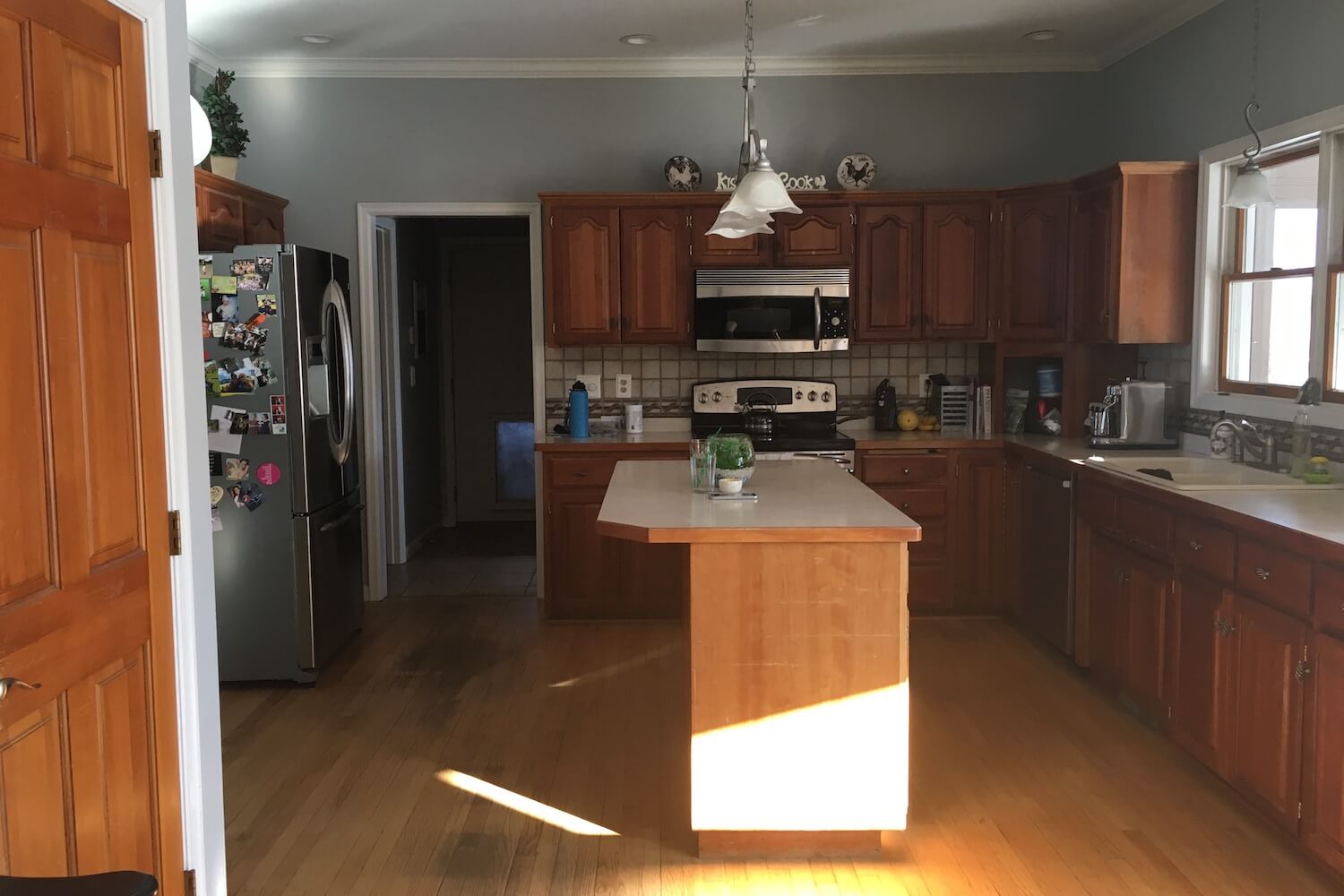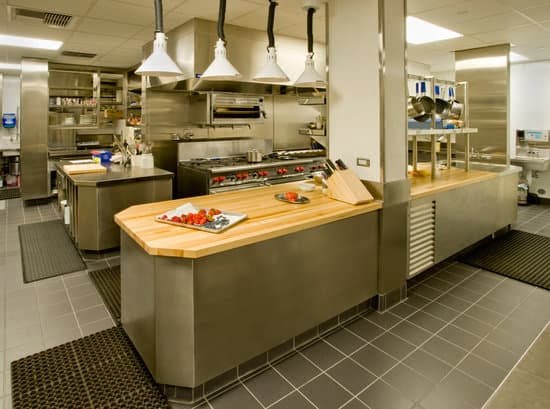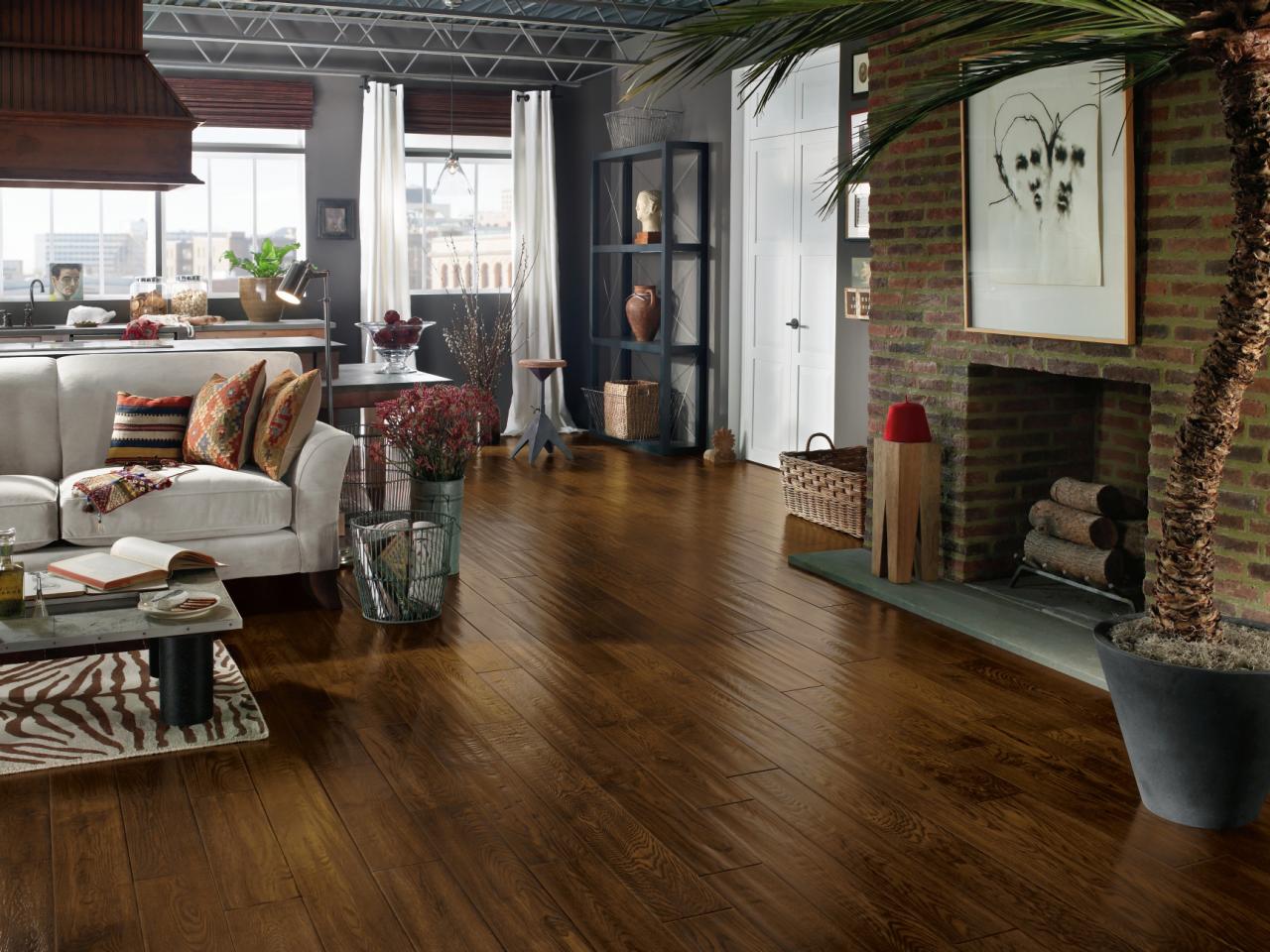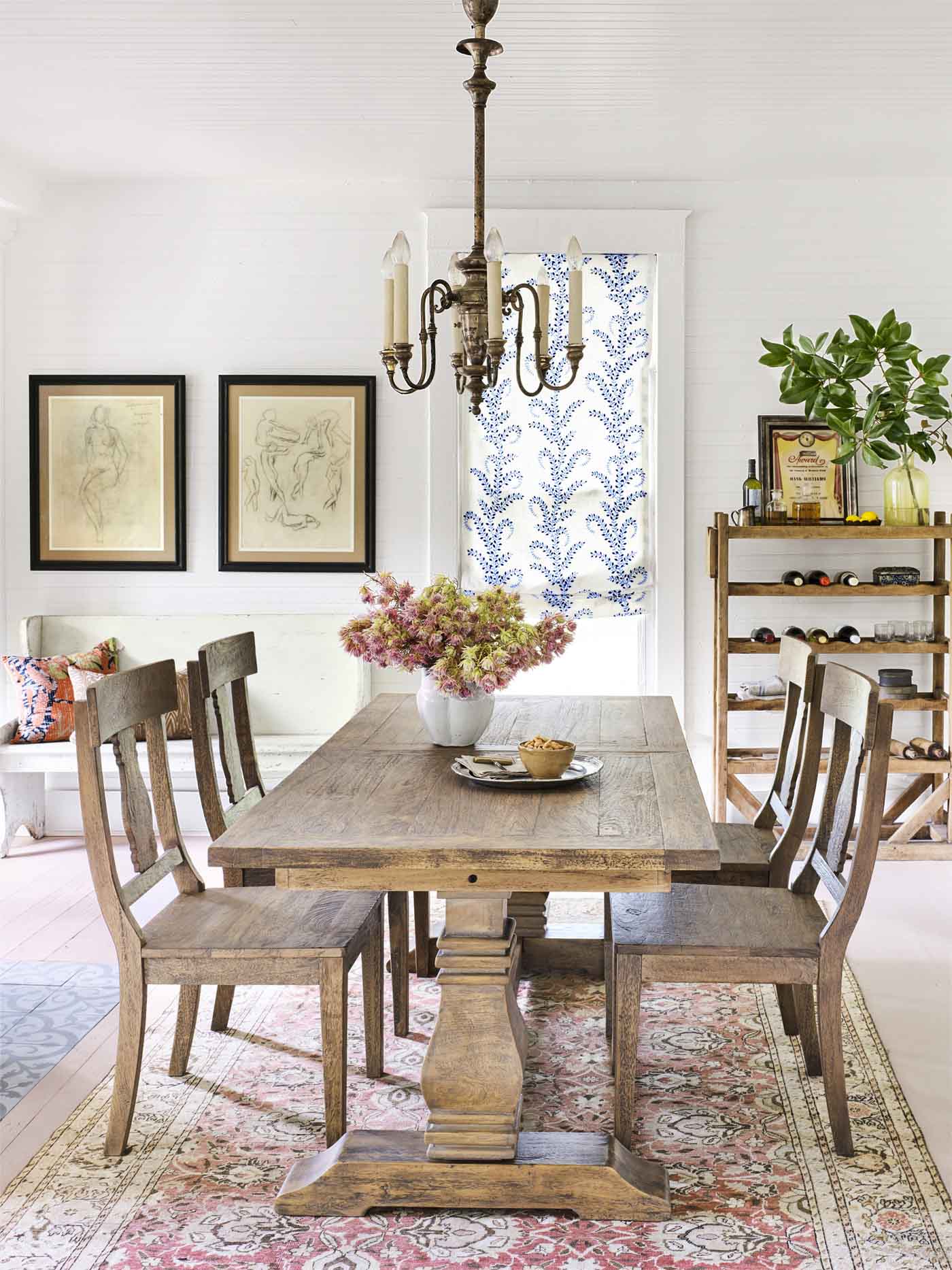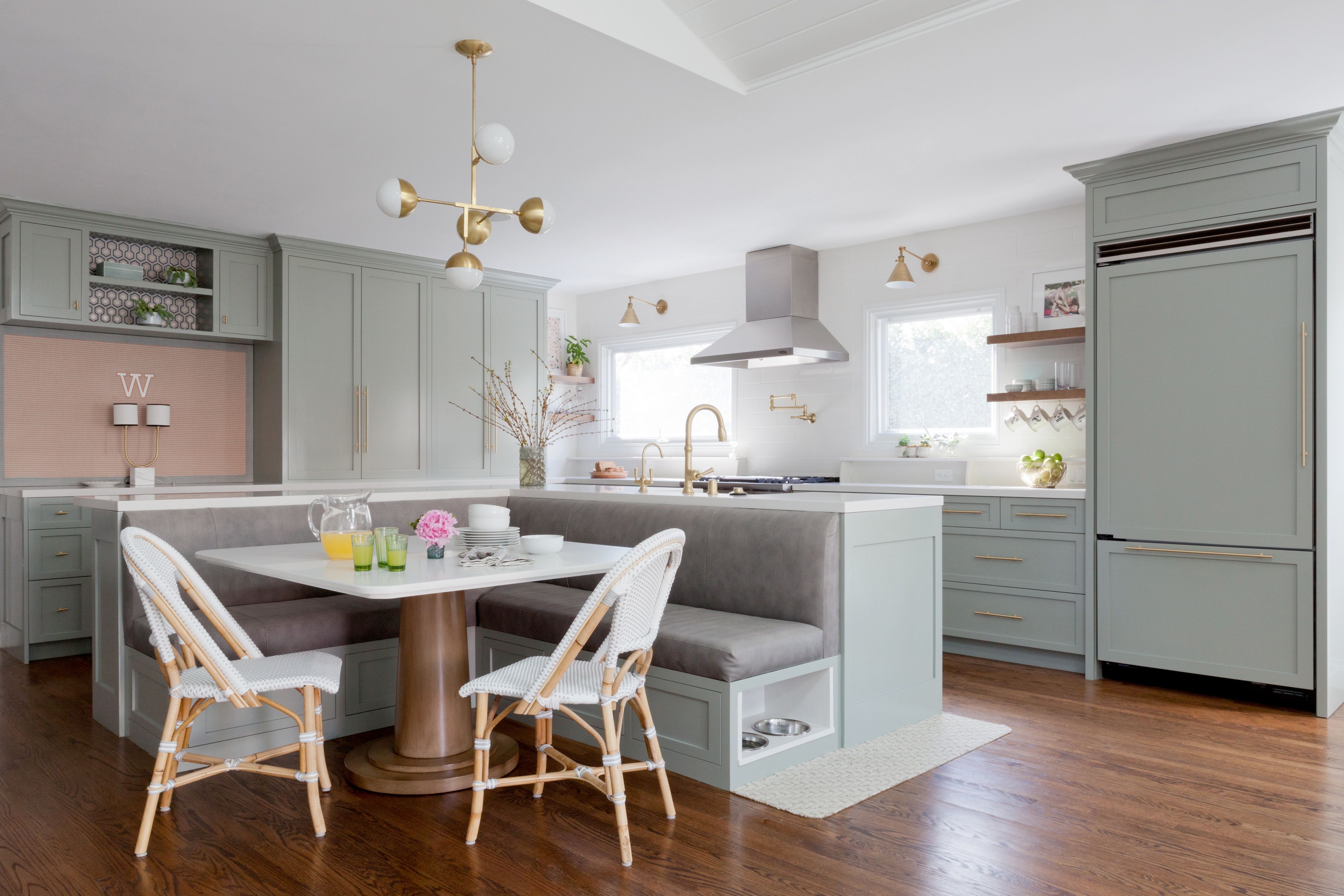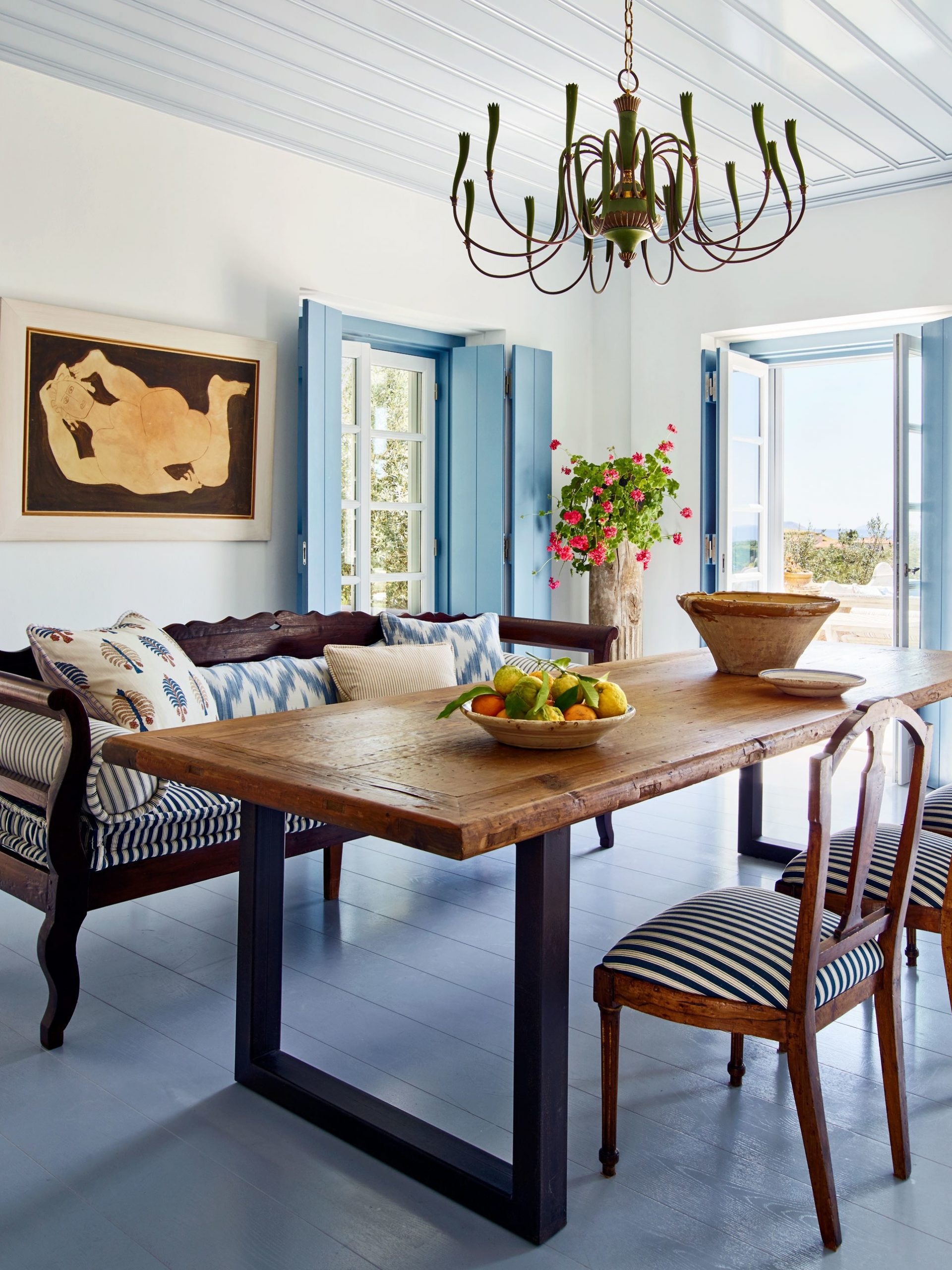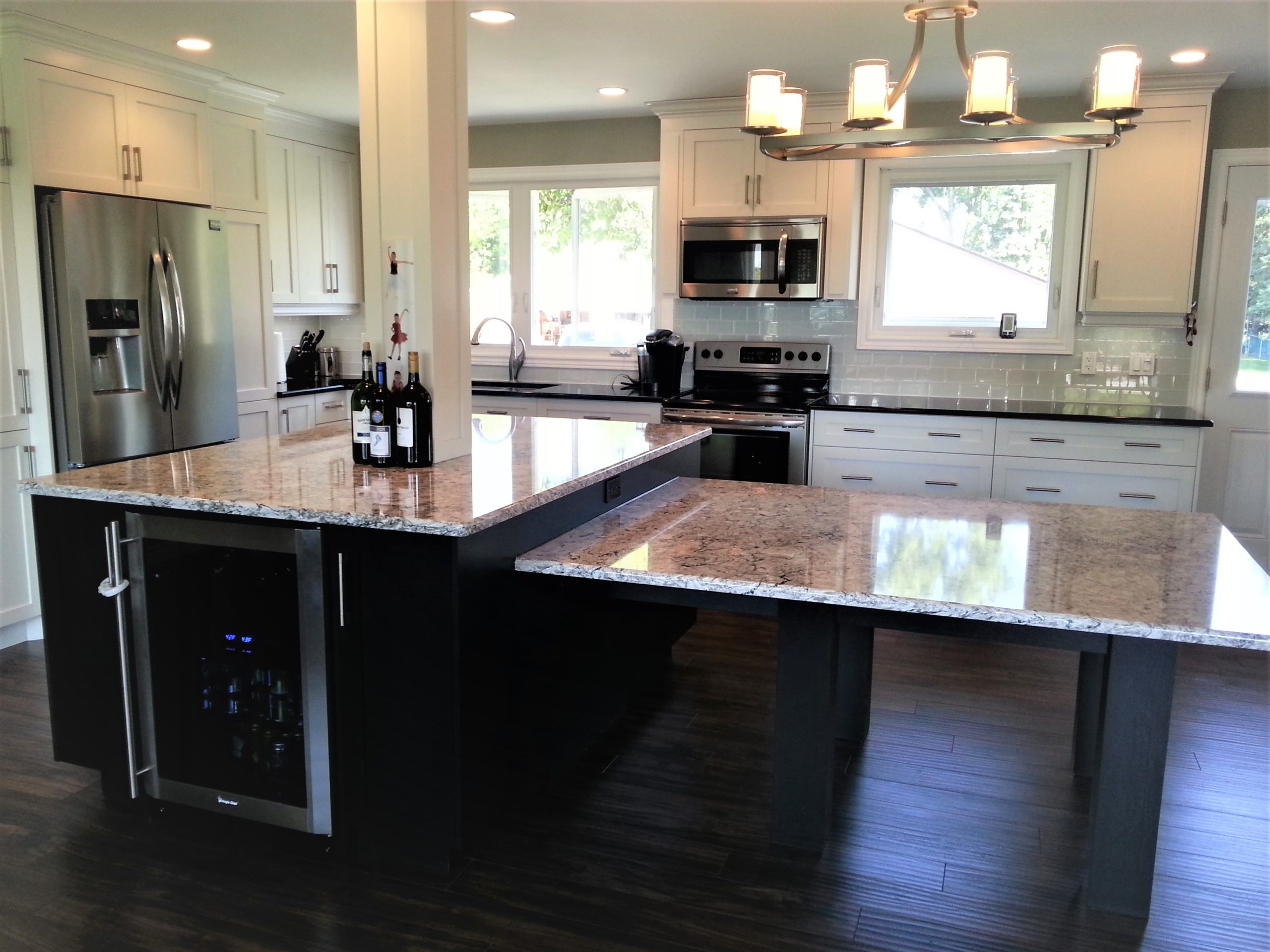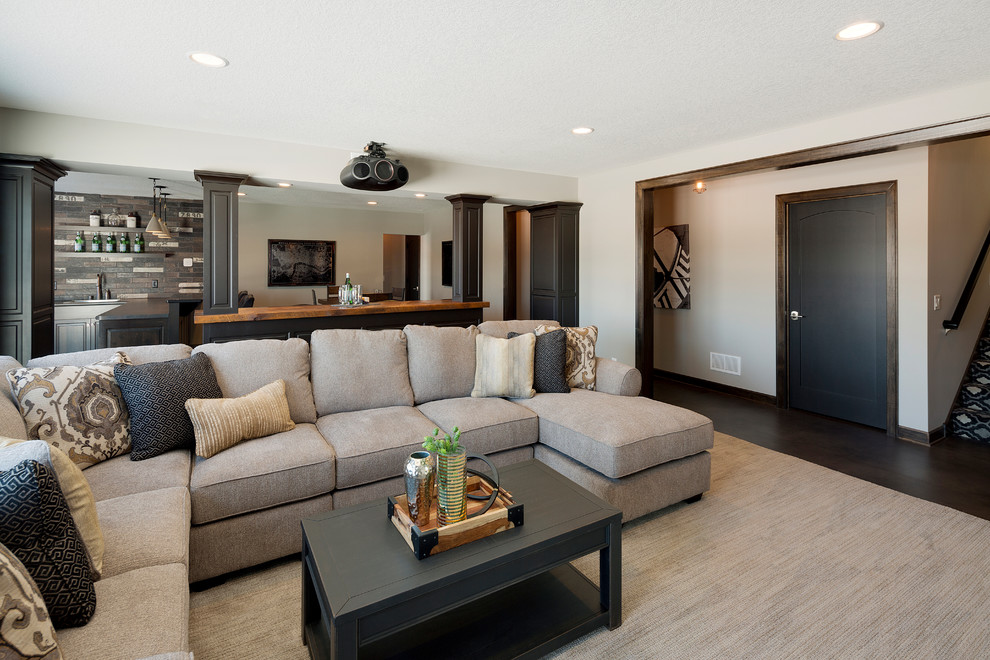Combining the kitchen and dining room has become a popular trend in modern home design. It offers a more open and spacious layout, perfect for socializing and entertaining. However, like any home renovation project, there are pros and cons to consider before making the decision to combine these two spaces. Let's take a closer look at the advantages and disadvantages of a combined kitchen and dining room.Pros and Cons of Combining Kitchen and Dining Room
Advantages:Advantages and Disadvantages of a Combined Kitchen and Dining Room
This ultimately depends on your personal preferences and the layout of your home. If you enjoy socializing and entertaining, then a combined kitchen and dining room may be worth it for you. However, if you value privacy and prefer a separate dining space, then this may not be the best option.Is It Worth It to Combine Your Kitchen and Dining Room?
1. Structural Considerations: Before knocking down any walls, it is essential to consult with a professional to ensure that it is safe to do so. Some walls may be load-bearing and cannot be removed without proper reinforcement. 2. Functionality: Consider how you will use the space and if this layout will work for your lifestyle. If you frequently host large gatherings, a combined kitchen and dining room may not provide enough seating or space for everyone. 3. Budget: Combining the kitchen and dining room can be a costly endeavor, so make sure to budget accordingly. You may need to factor in the cost of additional storage solutions, new flooring, and furniture to make the space functional and stylish. 4. Resale Value: While combining the kitchen and dining room may increase your home's value, it is essential to consider if it will appeal to potential buyers in the future. If you plan on selling your home soon, it may be best to stick with a more traditional layout.Things to Consider Before Combining Your Kitchen and Dining Room
As mentioned earlier, combining the kitchen and dining room can be an effective way to maximize space in your home. Let's take a closer look at the pros and cons of this layout. Pros:Maximizing Space: Pros and Cons of a Combined Kitchen and Dining Room
When it comes to combining your kitchen and dining room, it's crucial to strike a balance between functionality and style. Here are a few tips to help you achieve a functional and stylish space: 1. Choose a Cohesive Design: Select a color scheme and design style that flows seamlessly between the kitchen and dining room. This will create a cohesive and visually appealing space. 2. Utilize Multi-functional Furniture: In a smaller space, multi-functional furniture is a game-changer. Consider a dining table with built-in storage or an island with seating for both dining and prepping meals. 3. Incorporate Plenty of Storage: With less wall space, storage can become a challenge in a combined kitchen and dining room. Make use of underutilized spaces, such as the area above cabinets, and invest in storage solutions that serve a dual purpose. 4. Define Separate Areas: To create a sense of separation between the kitchen and dining room, use different flooring or a statement rug to define each area.Creating a Functional and Stylish Combined Kitchen and Dining Room
Now that you've combined your kitchen and dining room, it's time to make the most of the space. Here are a few tips to help you do just that: 1. Keep it Clean and Organized: With an open concept, it is essential to keep the space clean and clutter-free. This will help maintain a cohesive and visually appealing space. 2. Use Lighting to Define Areas: Use different lighting fixtures, such as pendant lights over the dining table, to differentiate between the kitchen and dining area. 3. Incorporate Natural Elements: Adding natural elements, such as plants or wooden accents, can help soften the space and create a warm and inviting atmosphere. 4. Add Personal Touches: Make the space your own by incorporating personal touches, such as artwork or family photos, to add character and personality.How to Make the Most of a Combined Kitchen and Dining Room
If you're considering combining your kitchen and dining room, here are a few design ideas to inspire you: 1. Create a Seamless Transition: Use the same flooring throughout the space to create a seamless transition between the kitchen and dining room. 2. Go for a Monochromatic Color Scheme: Using shades of the same color can help create a cohesive and visually appealing space. 3. Add an Island: An island offers extra counter space, storage, and seating, making it a practical addition to a combined kitchen and dining room. 4. Incorporate a Breakfast Nook: If you have enough space, consider adding a cozy breakfast nook in the corner of the room for a casual dining area.Design Ideas for a Combined Kitchen and Dining Room
Finally, here are a few tips to help you successfully combine your kitchen and dining room: 1. Plan Ahead: Proper planning is crucial when it comes to a home renovation project. Make sure to consult with a professional and create a detailed plan before starting any renovations. 2. Consider Your Lifestyle: Before making any changes, consider how you will use the space and if this layout will work for your lifestyle. 3. Invest in Quality Materials: When renovating a space, it's essential to invest in quality materials that will withstand the test of time. 4. Don't Be Afraid to Get Creative: Combining your kitchen and dining room allows for more creativity and flexibility in the design process. Don't be afraid to think outside the box and try new things.Tips for Successfully Combining Your Kitchen and Dining Room
Combining your kitchen and dining room can be a smart and stylish way to maximize space in your home. However, it's essential to consider the pros and cons, as well as your personal preferences, before making the decision to combine these two spaces. With proper planning and design, a combined kitchen and dining room can become the heart of your home, perfect for socializing and creating memories with loved ones.In Conclusion
The Pros and Cons of Combining Your Kitchen and Dining Room
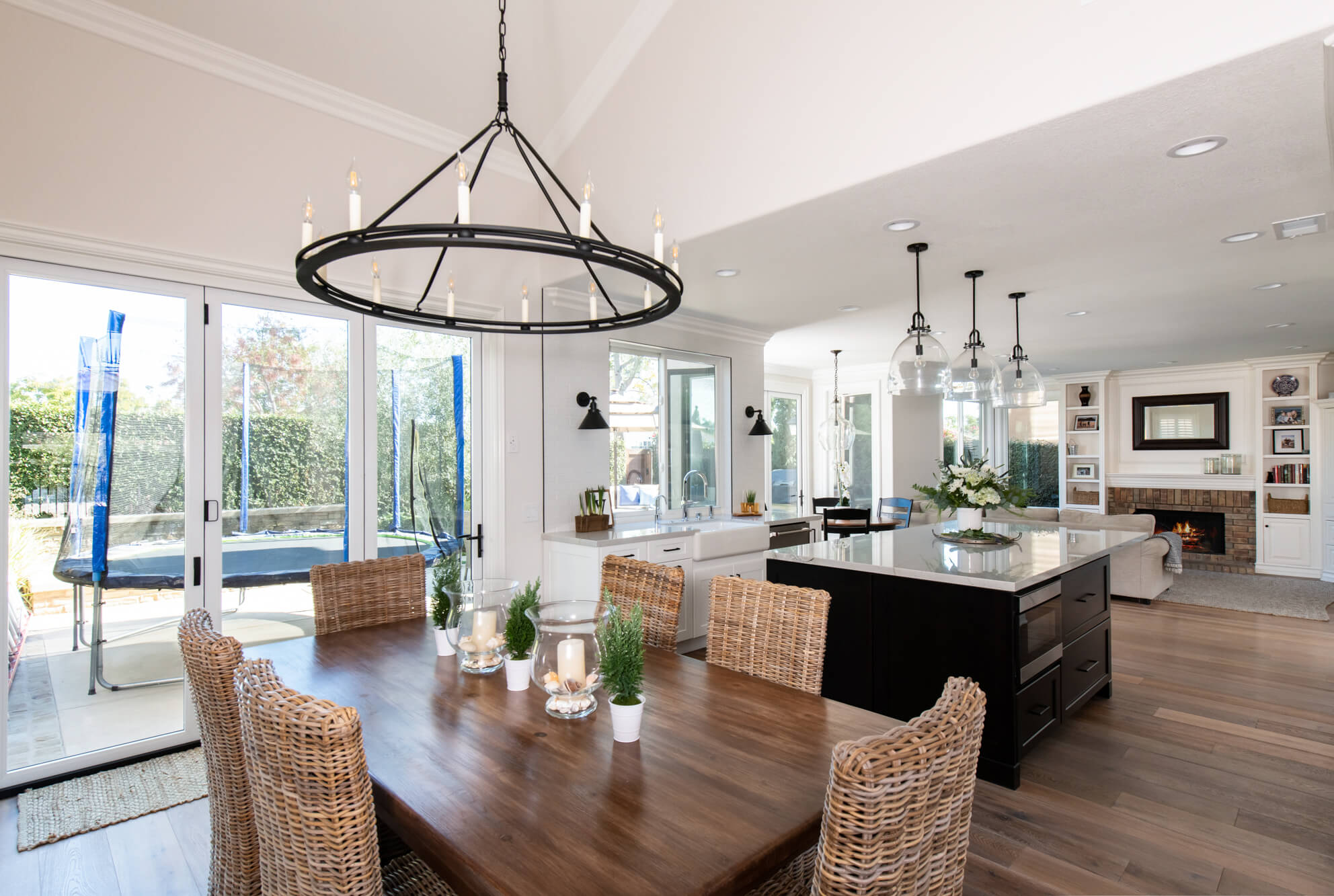
Pros
 Combining your kitchen and dining room can have several advantages, especially for those who enjoy a more open and spacious house design. One major benefit is the increased functionality and flow of the space. With no walls separating the two rooms, it becomes easier to move around and multitask while cooking and entertaining. This can be especially helpful for families with children, as parents can keep an eye on their little ones while preparing meals. Additionally, a combined kitchen and dining room can create a more social and inviting atmosphere, making it easier to interact with guests and family members while cooking and eating.
Another advantage of combining your kitchen and dining room is the potential for increased natural light and views. Without walls blocking the flow of light, the space can feel brighter and more open. This can also provide a better view of the outdoors, making the space feel more connected to nature. For those who love to entertain, a combined kitchen and dining room can also make it easier to host larger gatherings, as there is more room for guests to move around and socialize.
Combining your kitchen and dining room can have several advantages, especially for those who enjoy a more open and spacious house design. One major benefit is the increased functionality and flow of the space. With no walls separating the two rooms, it becomes easier to move around and multitask while cooking and entertaining. This can be especially helpful for families with children, as parents can keep an eye on their little ones while preparing meals. Additionally, a combined kitchen and dining room can create a more social and inviting atmosphere, making it easier to interact with guests and family members while cooking and eating.
Another advantage of combining your kitchen and dining room is the potential for increased natural light and views. Without walls blocking the flow of light, the space can feel brighter and more open. This can also provide a better view of the outdoors, making the space feel more connected to nature. For those who love to entertain, a combined kitchen and dining room can also make it easier to host larger gatherings, as there is more room for guests to move around and socialize.
Cons
 While there are many benefits to combining your kitchen and dining room, there are also some potential downsides to consider. One major drawback is the lack of privacy. With no walls separating the two spaces, there may be less privacy while cooking and dining. This can be an issue for those who prefer a more secluded and intimate dining experience. Additionally, a combined kitchen and dining room can make it more difficult to control smells and noise levels. Cooking smells and noises may travel more easily into the dining area, which can be unpleasant for some.
Another potential drawback is the limited storage space. Combining the two rooms means that there may be less space for cabinets and storage in the kitchen. This can be a problem for those who have a lot of kitchen appliances and utensils. It may also be more challenging to keep the dining area clutter-free, as there may not be as much space to store extra items.
While there are many benefits to combining your kitchen and dining room, there are also some potential downsides to consider. One major drawback is the lack of privacy. With no walls separating the two spaces, there may be less privacy while cooking and dining. This can be an issue for those who prefer a more secluded and intimate dining experience. Additionally, a combined kitchen and dining room can make it more difficult to control smells and noise levels. Cooking smells and noises may travel more easily into the dining area, which can be unpleasant for some.
Another potential drawback is the limited storage space. Combining the two rooms means that there may be less space for cabinets and storage in the kitchen. This can be a problem for those who have a lot of kitchen appliances and utensils. It may also be more challenging to keep the dining area clutter-free, as there may not be as much space to store extra items.
In Conclusion
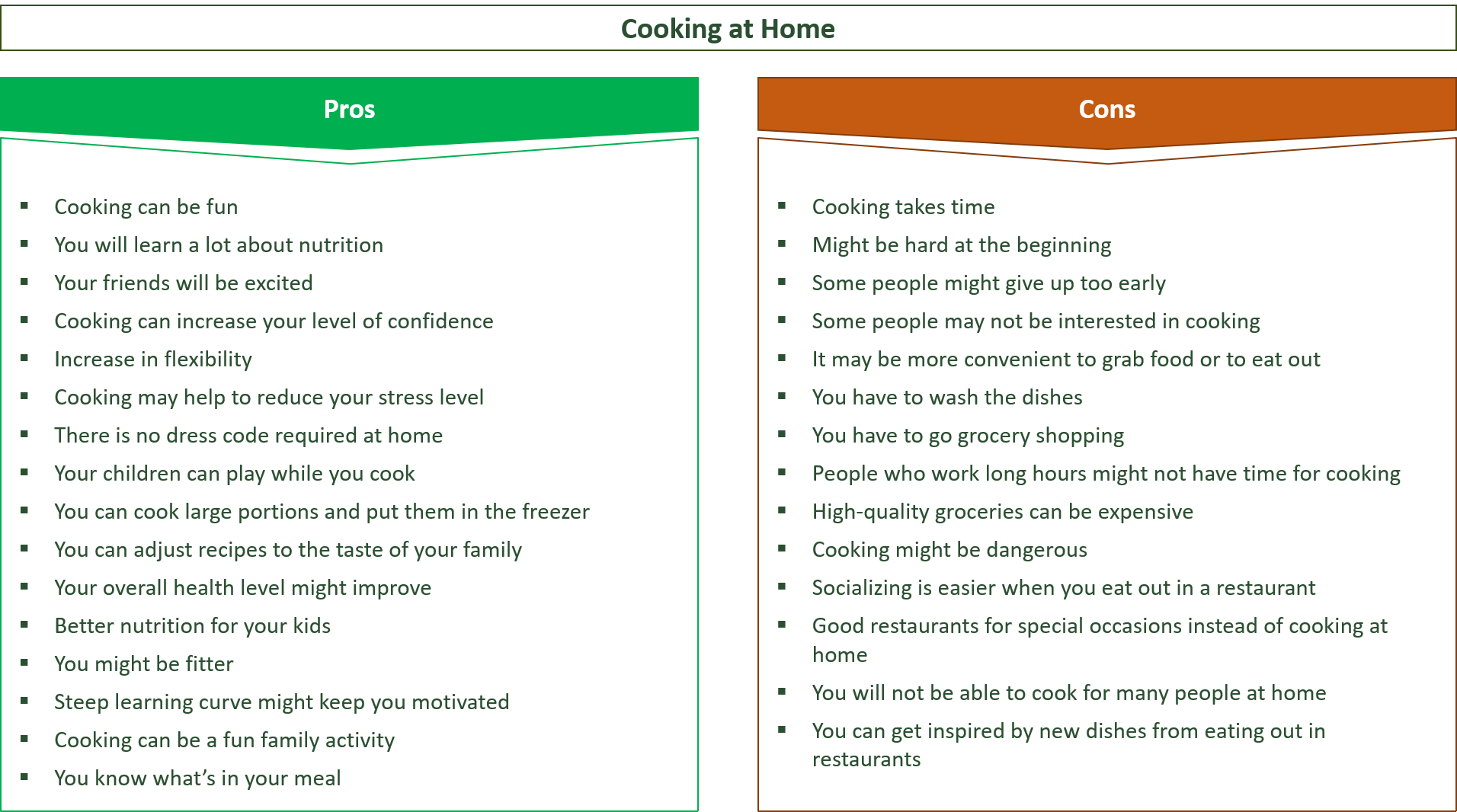 Combining your kitchen and dining room can be a great option for those who want a more open and functional space. It can increase natural light and views, as well as create a more social atmosphere. However, it's important to consider the potential lack of privacy and storage space before making this design decision. Ultimately, the choice to combine your kitchen and dining room will depend on your personal preferences and lifestyle.
Combining your kitchen and dining room can be a great option for those who want a more open and functional space. It can increase natural light and views, as well as create a more social atmosphere. However, it's important to consider the potential lack of privacy and storage space before making this design decision. Ultimately, the choice to combine your kitchen and dining room will depend on your personal preferences and lifestyle.


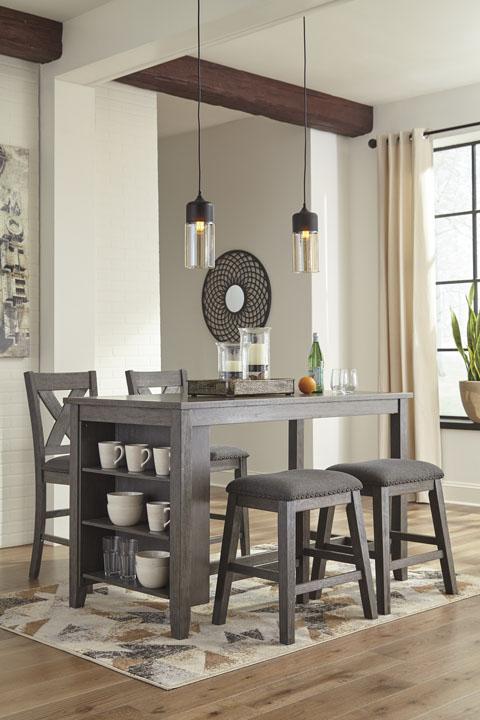

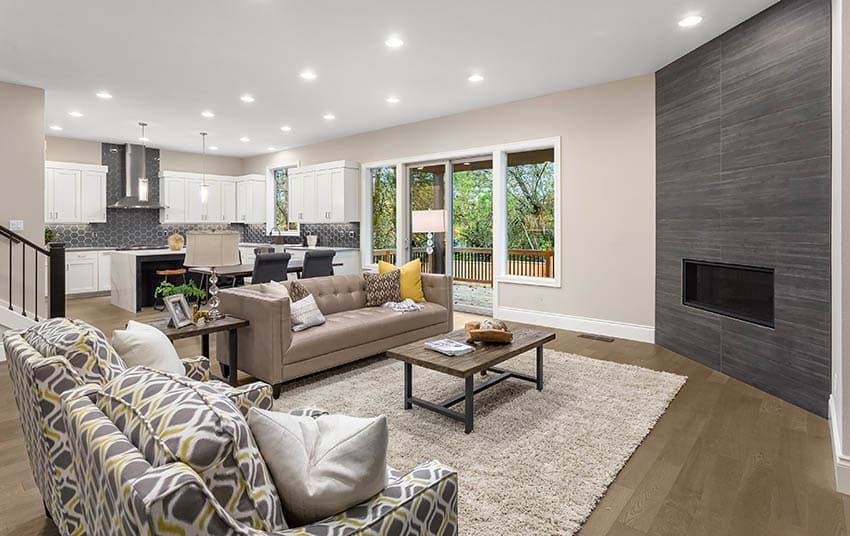
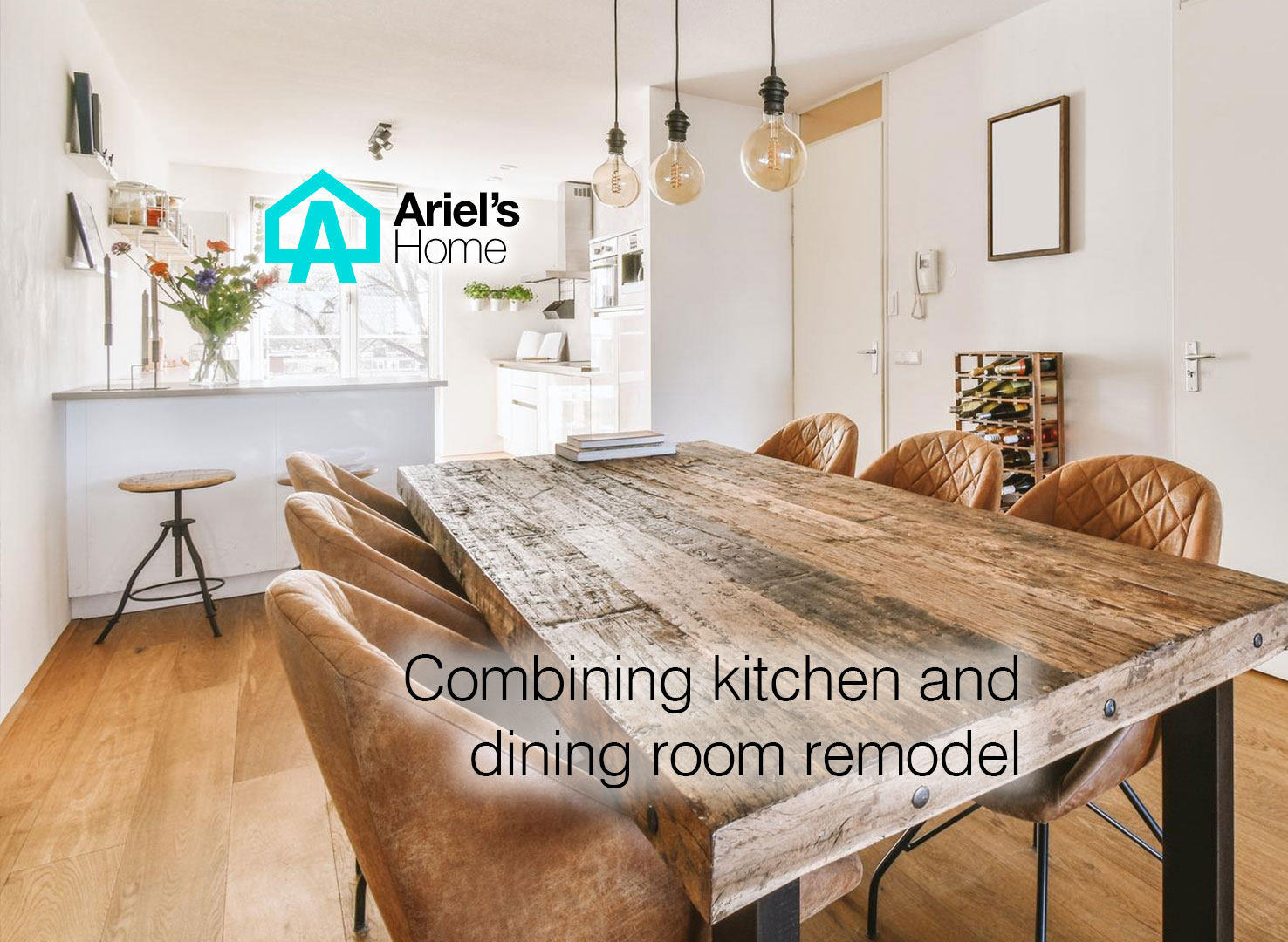


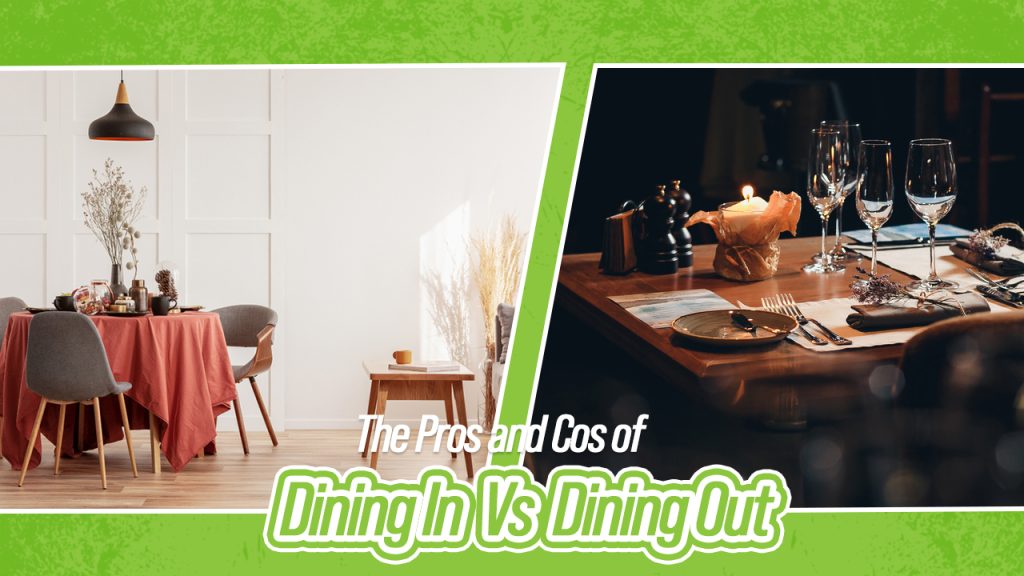


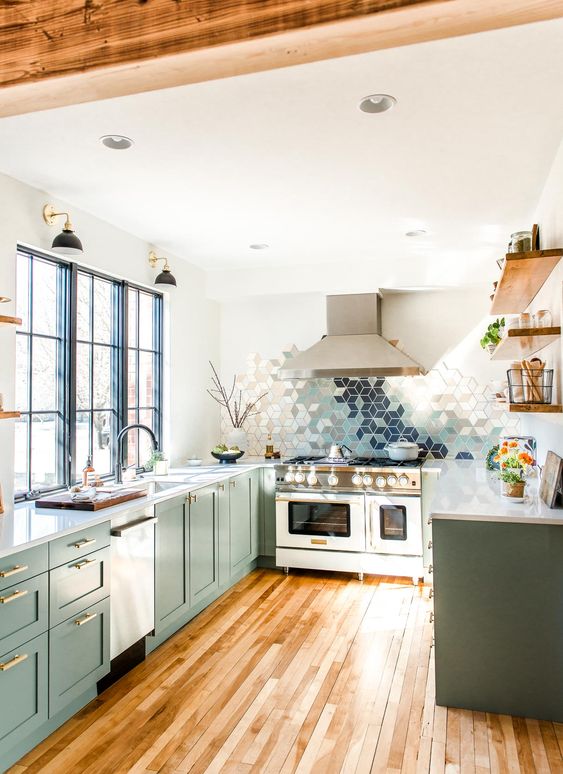



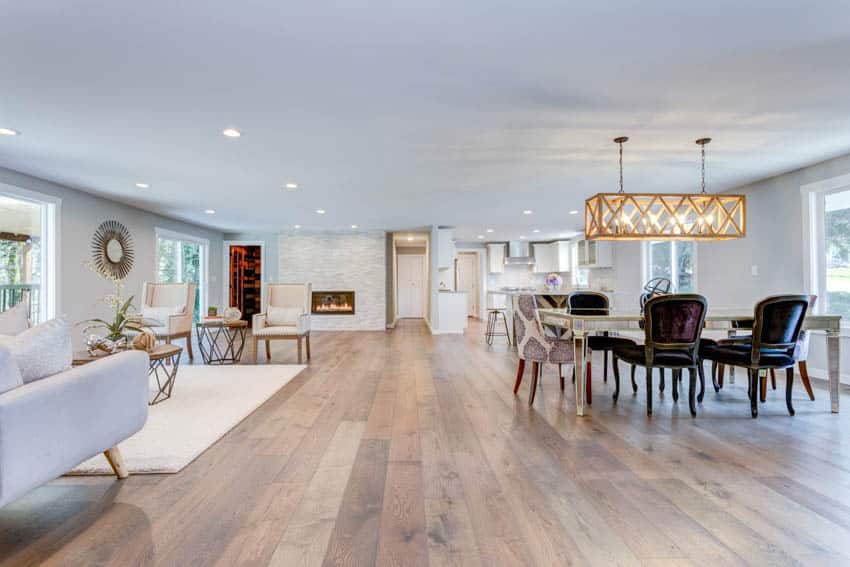
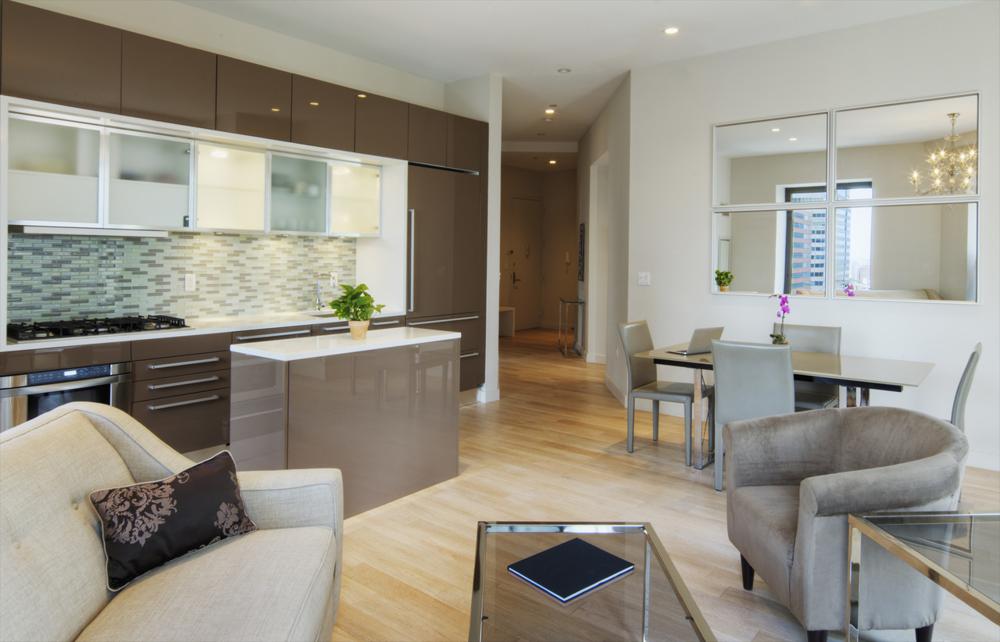











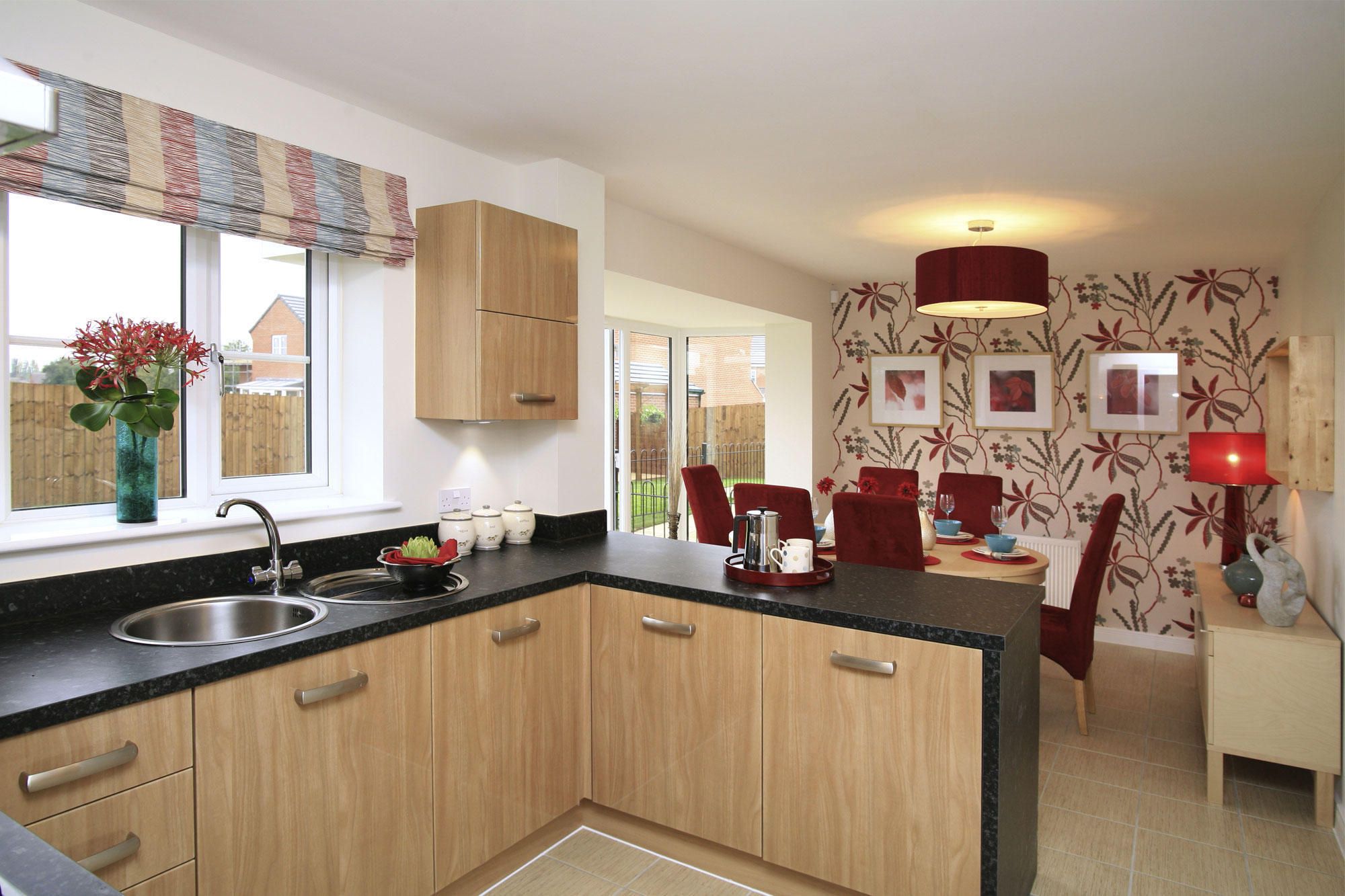



:max_bytes(150000):strip_icc()/open-kitchen-dining-area-35b508dc-8e7d35dc0db54ef1a6b6b6f8267a9102.jpg)




